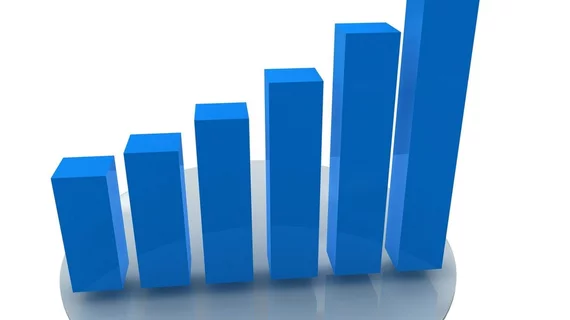The U.S. Patent and Trademark Office received more than 60,000 applications for patents containing AI in 2018. That tally more than doubled the 30,000 recorded in 2002.
Further, more than 40% of all submitted technologies included AI by 2018—up from 9% in 1976—and the forward slash-shaped rise reflects broad participation from corporations, companies, businesses, organizations, individual inventors and other innovating entities.
The findings are from a new USPTO study tracing the growth of AI in patent applications across the decades beginning in the mid-’70s.
Noting the nationwide reach of the trend, the USPTO highlights a couple of interesting developments emanating from the healthcare sector.
One is that, as of 2018, Wisconsin led all states in AI-inclusive medical instruments and processes for diagnosis, surgery and identification. The runners-up were Ohio and Kansas.
“U.S. Patent No. 9,687,199, titled ‘Medical imaging system providing disease prognosis,’ was issued to the Wisconsin Alumni Research Foundation in June 2017,” the authors report as an example of AI in healthcare. “The invention incorporates multiple machine learning models to analyze different patient characteristics that are combined into a complete model for disease prognosis.”
Also held up as exemplary is Cincinnati Children’s Hospital Medical Center, whose Patent No. 8,930,178 uses natural language processing to simulate human thought patterns for making logical deductions. “The resulting ontology can be used to increase the efficiency of various healthcare administrative tasks such as assigning billing codes to clinical records,” the authors explain.
Also of interest is the office’s list of the most active patent owners-at-grant from 1976 to 2018. The top five:
- IBM (46,752 patents)
- Microsoft (22,067)
- Google (10,928)
- Hewlett-Packard (7,072)
- Intel (7,021)
Click here for the full report.

